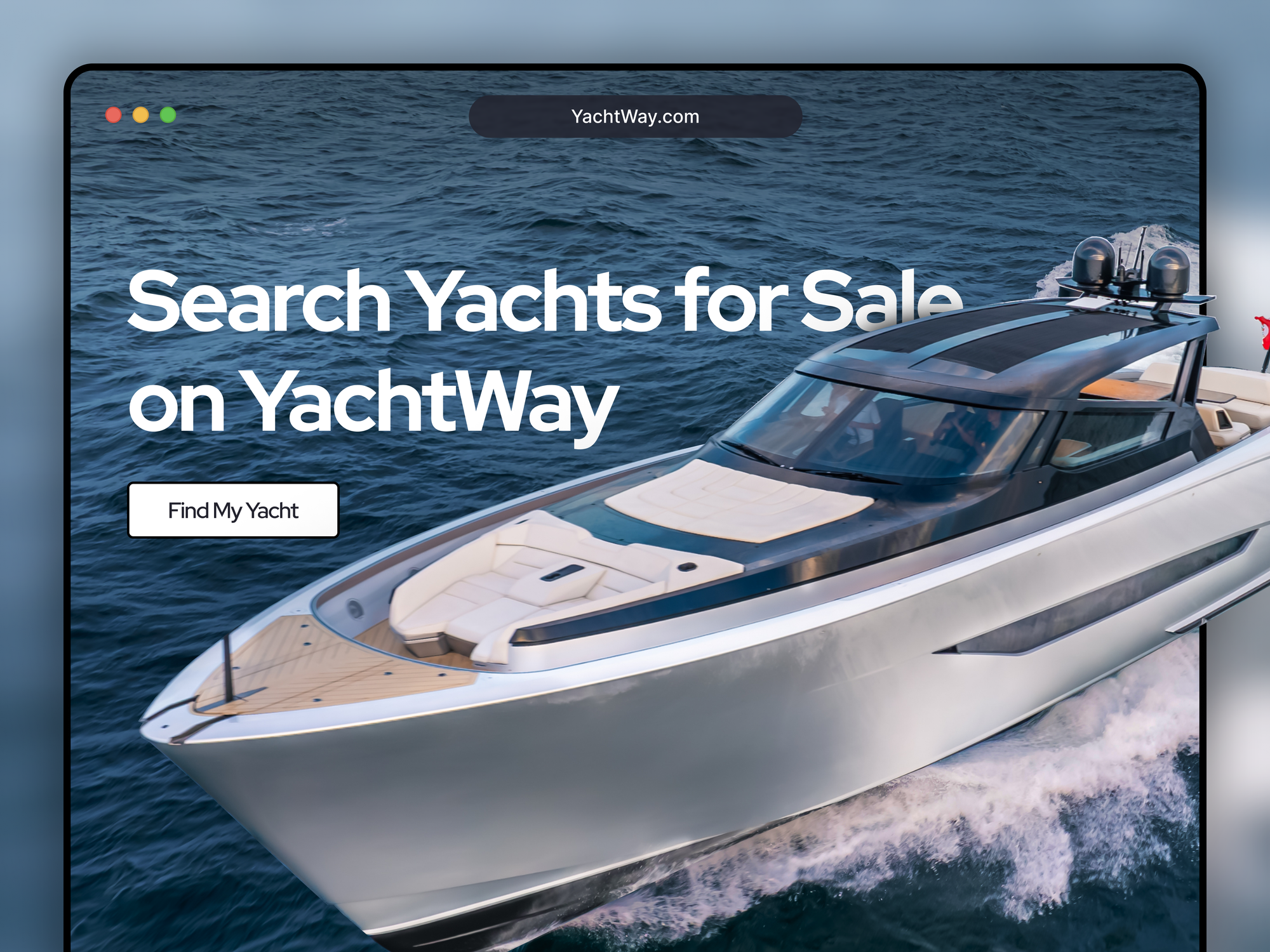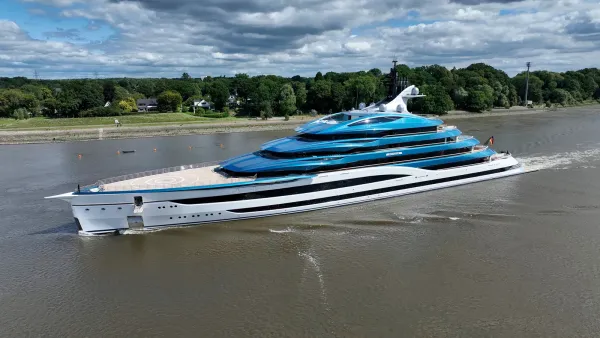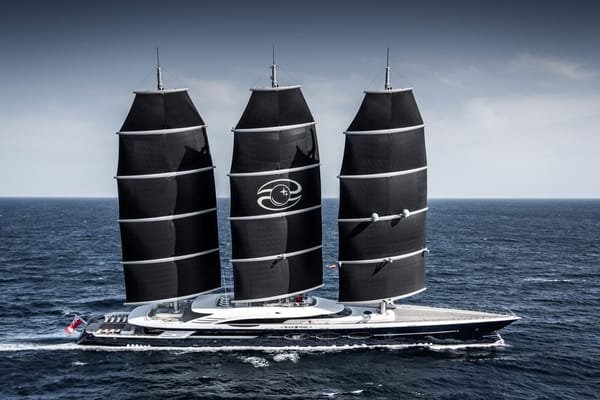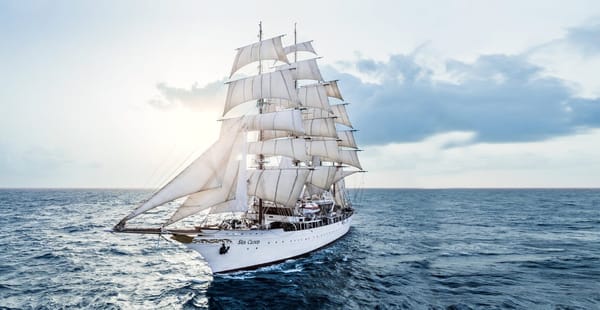What Size Catamaran Do You Need for Liveaboard Cruising?

Short answer: it depends on what you're looking for (or what your minimum requirements are for comfortable living). Here's a quick comparison, from absolute minimum up to roomier sizes:
30-ish ft (9.2 m)
Examples: Fountaine Pajot MY4.S.
The low thirties is generally where "liveaboard" starts (this is true for monohulls, too), and most people would probably find the 35-foot mark, as in the Fountaine Pajot MY4.S, to be more realistic.
Typical features:
- 1–2 cabins — room to sleep only — and 1 bathroom (head)
- Small galley (kitchen), "kitchenette"-style in the lower 30s
- Outboard or small inboard engines
- Basic navigation electronics
- Limited storage and tankage (fresh water ~80–100L, fuel ~100L)
- Narrower beam (width)
There is one advantage, despite its limitations to this small size: as catamarans are wider than monohulls, they can be more difficult to find space for — so the smaller (and therefore narrower) the catamaran, the easier it'll be to find a marina.
40 ft (12.2 m)
Examples: Leopard 40 Powercat, Bali 4.2, Lagoon 43
This is where you'll start to see more standard-size living features, although usually not with extra comforts. The simplest and most likely expansions will be in dining areas and possibly galleys.
Typical Features:
- Maximum 4 cabins and 2 bathrooms — but at this size, the fewer the better
- Full galley
- Indoor/outdoor living
- Larger fresh water (~300–400L) and fuel tanks (~300–400L)
- Solar panels, battery bank upgrades possible
- Autopilot, chart-plotter
You may also be able to get higher-end models with air conditioning and creative space-saving solutions that won't impact (squish?) your quality of life.
50 ft (15.2 m)
Examples: Lagoon 51, Fountaine Pajot Aura 51, Leopard 50
The low fifties is where you'll find the beginning of luxury spaces (and $1m+ prices). If you're new to yachting, you may find this size to be the minimum for non-cramped comfort.
Typical Features:
- 4–6 cabins, often with en suite heads
- Spacious saloon (dining area) and cockpit with high-end finishes
- Full-size galley with island or separate counters
- Optional crew quarters
- Washer/dryer, dishwasher optional
- Full electronics suite, watermaker, A/C
- Tender lift platforms, solar arrays
60 ft (18.3 m)
Examples: Sunreef 60, Privilège Signature 580
Both comfort and space increase here, the latter notably for crew.
Typical Features:
- 4–6 large cabins, each with en suite
- Separate crew quarters
- Dedicated lounging spaces
- Premium galley with full-size appliances
- Expansive deck for entertaining
- High-end electronics, security systems, advanced navigation
- Performance upgrades
- Hydraulic swim platform, possible garage storage
- Full solar arrays and other eco-friendly features
70 ft (21.3 m)
Examples: Sunreef 70, Gunboat 72
"Standard" catamarans — that is, non-custom — tend to top out in the 70s-to-80s, and this is where you'll find builds with room for large families and crew, interiors that look like they've been plucked out of a high-end hotel, and extra features that the most discerning buyers often ask for, like all-electric systems and carbon construction.
Typical Features:
- Up to 5–6 staterooms + crew cabins (often 2–3 crew)
- Bar, dining, entertainment zones
- Multiple outdoor lounging areas
- Gourmet galley or chef’s kitchen
- Walk-in closets, rain showers, marble or exotic wood finishes
- Advanced power systems
- Tender space, possible garage
Above this, you're getting into superyacht territory — though if that's your minimum, more power to you. If you prefer speed to size, check out the Lamborghini boat. ⛵︎






